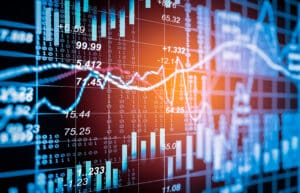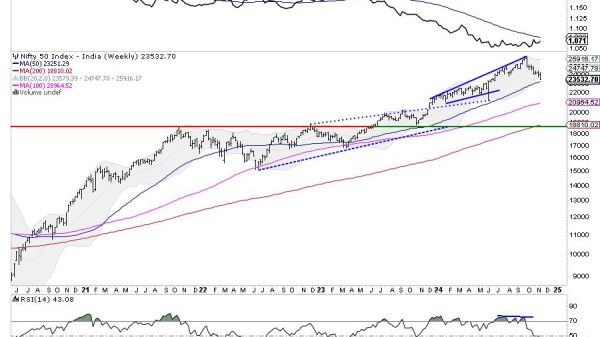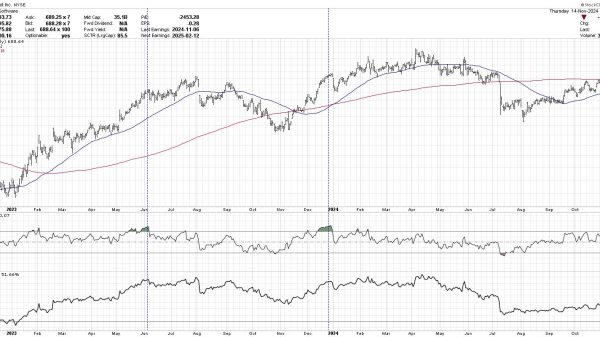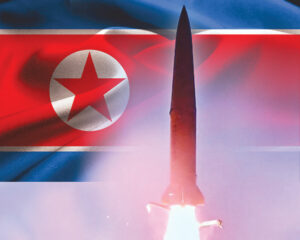SEOUL — Nuclear-armed North Korea test-fired two strategic cruise missiles from a submarine on Sunday, state news agency KCNA said on Monday, just as US-South Korea military drills were due to begin.
“Strategic” is typically used to describe weapons that have a nuclear capability.
KCNA said the launch confirmed the reliability of the system and tested the underwater offensive operations of the submarine units that form part of North Korea’s nuclear deterrent.
South Korea’s Joint Chiefs of Staff (JCS) said the military was on high alert and the country’s intelligence agency was working with its US counterpart to analyze the specifics of the launch.
On Monday, South Korean and American troops were scheduled to begin 11 days of joint drills, dubbed “Freedom Shield 23,” which will be held on a scale not seen since 2017.
The drills will strengthen the allies’ combined defensive posture, the two militaries have said, and will feature field exercises including amphibious landings.
North Korea has long bristled over drills it regards as a rehearsal for invasion. It has conducted a record number of missile tests and drills in the past year in what it says is an effort to boost its nuclear deterrent and make more weapons fully operational.
“It’s very regretful that North Korea is using our regular, defensive drills as a pretext for provocation,” said Koo Byoung-sam, spokesperson for South Korea’s unification ministry handling relations with the North. “I hope North Korea realizes that there is nothing they can earn from escalating tensions on the Korean peninsula.”
The submarine launches aimed to show North Korea’s determination to control a situation in which, KCNA said, “the US imperialists and the south Korean puppet forces are getting evermore undisguised in their anti-DPRK military maneuvers.”
DPRK stands for North Korea, officially the Democratic People’s Republic of Korea.
KCNA said the strategic cruise missiles were fired from the “8.24 Yongung” submarine in the water off the east coast of Korea in the early hours of Sunday.
The missiles traveled some 1,500 kilometers (932 miles) before hitting a target in the sea, the KCNA report said.
A JCS spokesperson said not everything North Korea claimed was accurate, but he did not give further details.
Japan’s Chief Cabinet Secretary Hirokazu Matsuno said there was no information that the missile flew toward Japan’s waters or caused any damage.
“If North Korea’s announcement that the missile had a range of more than 1,500 kilometers was true, it would pose threats to the region’s peace and stability — we are concerned,” Mr. Matsuno said.
He said US military deterrence in Asia-Pacific is “essential” in the region, adding the North “may step onto further provocative acts such as a nuclear test.”
Leif-Eric Easley, a professor at Ewha University in Seoul, said North Korea could be exaggerating its capability to arm such missiles with nuclear warheads.
“The Kim regime wants to show it can match or surpass military capabilities on display during US-South Korea defense exercises. Yet the reality is North Korean soldiers are poorly fed and are being ordered to help farmers address the country’s food shortage,” Mr. Easley said.
North Korea has a large submarine fleet but the 8.24 Yongung (August 24th Hero) is its only known experimental ballistic missile submarine. Analysts say it plays a critical role in the development of missiles, submarine technology and operational procedures, as well as hands-on training of new submariners.
North Korea has said it is building an operational ballistic missile submarine.
While overseeing a short-range ballistic missile (SRBM) launching exercise on Thursday, North Korean leader Kim Jong Un ordered the military to intensify drills to deter and respond to a “real war” if necessary.
On Sunday state media reported that Mr. Kim led a ruling party meeting to discuss and decide on “important, practical measures” to boost the country’s war deterrence amid stepped-up actions by the United States and South Korea. The report did not provide specifics on the measures. — Reuters






















